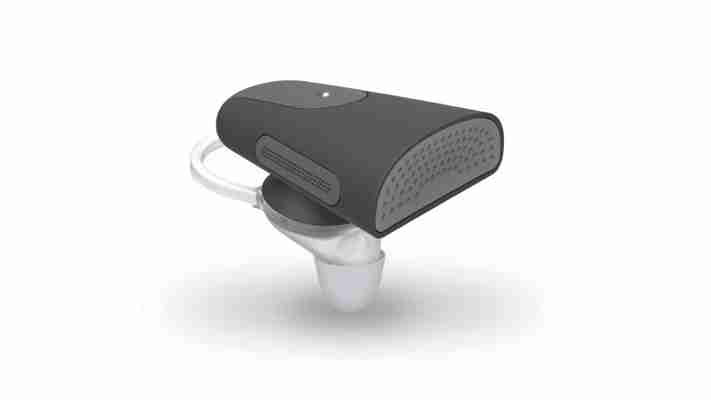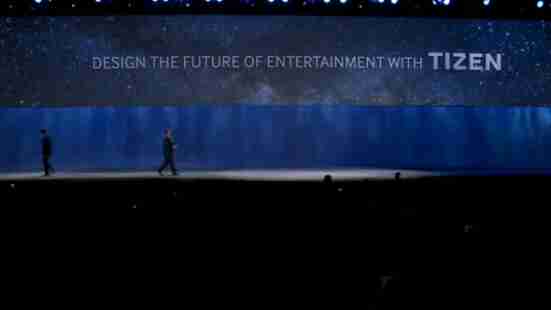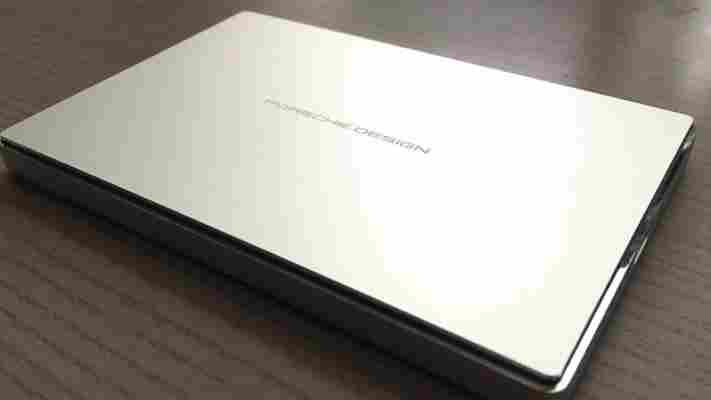I’ve destroyed my hearing. It’s not bad yet, but it will be. I’ve seen far too many concerts (including the ear-destroying Motörhead a few times) without using earplugs. For people like myself, or anyone that might have trouble hearing for other reasons Soundhawk offers customizable listening settings so you’ll stop yelling, “What?” while talking to friends face-to-face in noisy environments.

The Soundhawk system has a companion app (iOS and Android) that is used to create a hearing profile that works for you. Set the app to one of four environments; indoors, dining, driving and outdoors. From within each environment, you can control the frequency of what’s blocked and what’s enhanced until you hear what you want to hear by moving a dot on a sound field.
Plus, the Soundhawk dynamically adjusts based on the environment. For example, if the wind picks up while you’re outside, the in-ear hardware (called the Scoop) picks up the change in the environment and folds the new sound into the frequency that’s reduced by the system.
For environments where you need to talk to someone or want to listen to something across a noisy room, a companion mic can be used with the Scoop so you can zero in on that one sound source.
I tried the system out and it worked great. I could hear other people in a noisy room while reducing background. There was the tell-tale sound of digital processing and if you wanted too, you can make everyone sound like a robot. But as a way to help hear other in less-than pristine environments, for anyone that needs a little bit of help, it’s great system.
The entire system fits in a case that also charges the Scoop and mic. It’s a moderately compact package that you can keep in a bag or purse. It’s too large for pockets and it might be too large for some pocketbooks.
At $299 (it’s available for $279 for a limited time), it’s not cheap. But, if you need some help hearing and don’t mind looking having a Bluetooth headset in your ear (it doubles as a headset for calls), the Soundhawk could help you actually hear what your friends are saying in a noisy restaurant.
➤ Soundhawk
Samsung launches $5,000 Tizen-powered TVs in South Korea
After an underwhelming and much-delayed debut on mobile devices , Samsung’s own Tizen OS is now available on a slew of new TVs launched in South Korea, reports AP .

The new range of Ultra-HD TVs come in four sizes, starting at 55 inches diagonally and going up to 88 inches. Samsung’s smallest Tizen-powered smart TV costs $5,000 (5.49 million won).
The launch of this new lineup follows Samsung’s announcement at this year’s CES to feature Tizen on all its 2015 smart TVs . The OS will allow users to view on-screen info on shows and sports events on air and stream content from their TVs to their Samsung Galaxy mobile devices with a single tap.
Samsung also said that Tizen will power the company’s upcoming refrigerators, washing machines, air conditioners and robotic vacuum cleaners this year. However, the company hasn’t yet announced plans of launching its Tizen-based TV overseas, so it might be a bit of a wait till they show up in a store near you.
➤ Samsung Launches Tizen-Powered TVs in Home Market [AP on ABC News]
Review: LaCie’s Porsche Design USB-C drive is my MacBook’s gorgeous new best friend
The MacBook is many things, most of them good . One thing many lament about it (or any MacBook) is the lack of internal storage. That’s where LaCie’s Porsche Design USB-C drive comes in.

At 10mm thin (0.4 inches), the 2TB model I tested slipped into a bag with ease. Both the 1TB and 2TB versions are 10mm, while a 4TB variant measures 21mm (0.8 inches) thick.
All drives are 84mm wide by 128mm long; 3.3 x 5-inches, respectively.
LaCie says its largest 4TB Porsche Design USB-C drive has enough capacity to store three years worth of pictures, video and music, and all drives allow for 256-bit encryption and have a backup assistant available.
Though LaCie doesn’t say as much, the drive is HDD (not SSD, in case you were thinking it may be).
The real question is whether or not USB-C’s ‘theoretical’ speed of 5Gb/s was achievable out of the box. The short answer is — it’s not. The long answer is that it’s still better than anything else we’ve tested.
Using a straight USB-C to USB-C connection, we were able to get read/write speeds of about 135MB/s with the Porsche drive.
With two other drives — a Samsung T3 SSD and Toshiba 5400 spinning drive — using Apple’s USB to USB-C adapter, we fared much worse. Read/write speeds hovered around 40MB/s for each.
The Porsche Design drive did seem to be a bit more power consumptive than the SSD drive, but was on par with the Toshiba. The real problem isn’t how much power it pulls so much as the lone USB-C port on the MacBook; if you were halfway through a large file transfer on low battery, there could be a problem.
LaCie’s Porsche Design drives are a bit pricey, too. The 2TB model I tested retails for $159.99 (the 1TB version is $119.99, and the 4TB variant is $249.99) . You can get a better price for a portable external drive, but we’ve not seen another that’s using USB-C, probably leaving you with slower transfer speeds.
All told, LaCie’s Porsche Design USB-C drive — like the MacBook it pairs so well with — is ahead of the game. It’s also priced accordingly, but if you can afford one, it’s worth every penny.
